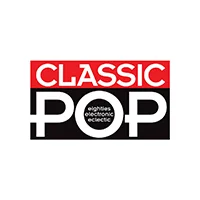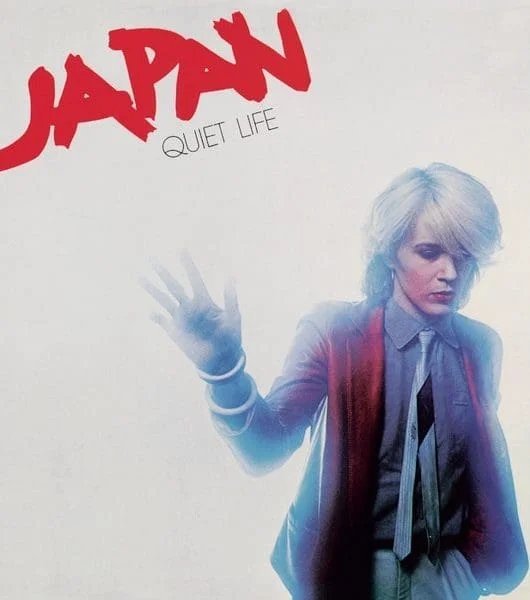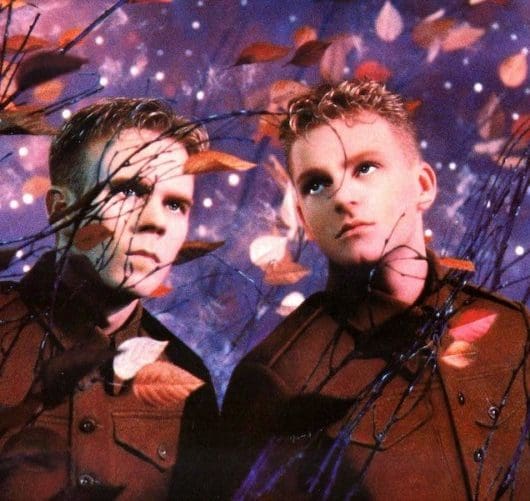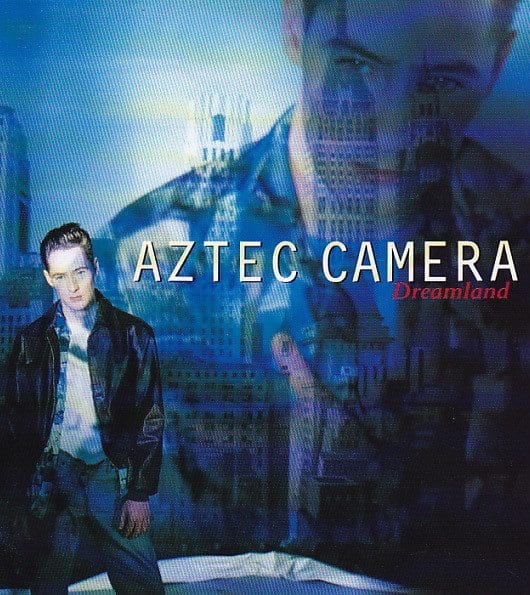All Grown Up: Tiffany interview
By Classic Pop | August 6, 2018
From battling giant pythons to posing for Playboy, there’s been much more to Tiffany’s career than the chart-topper, I Think We’re Alone Now. The Californian singer talks to Classic Pop about her new rock sound and evolution from teenage sensation to an entertainer who is comfortable in her own skin. Written by Douglas McPherson.
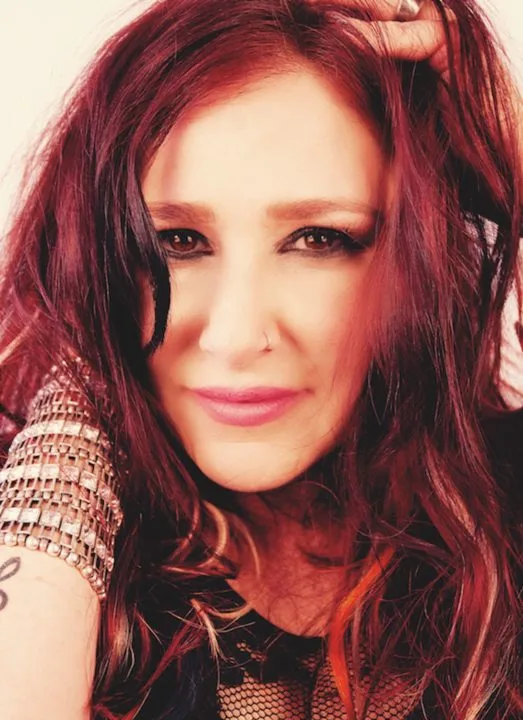
“I know there are people who only know me for I Think We’re Alone Now,” says Tiffany, the bubbly Californian who topped the charts on both sides of the Atlantic with the song as a teenager. “I’m not offended by that, but there’s so much that I’ve accomplished and I just want the opportunity to show that.”
To that end, the singer is in Wales on the day we speak, making an album that she hopes will showcase a grittier side.
“I’m always going to be in the pop genre,” she chirps. “But this album is going to be a little more rock-based. It’s the kind of music I always thought I would be doing, when I was a kid, twirling around in my bedroom singing songs by Heart. No one really wanted to hear a 14-year-old rock singer. I hadn’t lived that life, but now it’s easier for me to make that transition. I want to sing songs that sound like Foo Fighters or Heart. We’re recording it more like a band than a solo artist. It’s not so much about verse, chorus… it’s like: ‘If you’ve got a great guitar solo, let’s do it’. That’s great for me, because I’m a live performer. I spend most of my time on the road and we extend songs anyway. We really take them to the next level. So why not do that on an album?”
Tiffany’s new album, which is currently untitled but due for release this summer, is the latest in a series of projects that has seen her explore a wide range of musical styles. In 2000, she released the distinctly darker and more grown-up-sounding album The Color Of Silence, which Billboard called: “Tiffany’s equivalent of Alanis Morissette’s Jagged Little Pill.”
On 2005’s Dust Off And Dance, she sang over pumping club beats; in 2011 she gave us the rootsier country album, Rose Tattoo.
As surprising as it may seem, given her age and when she first came to fame, pop was not the direction she hoped to follow. As a child, Tiffany Renee Darwish wanted to be a country singer.
“The first song I learned to sing was Tanya Tucker’s Delta Dawn,” reports the artist who grew up in suburban Norwalk, Los Angeles. She was four years old at the time.
By the age of nine, Tiffany was singing at the legendary Palomino Club, a tough honky tonk venue in North Hollywood where she was spotted by Hoyt Axton, the country singer well-known for writing Greenback Dollar, The Pusher and Joy To The World, and his mother Mae Axton, a talented songwriter herself, having penned Elvis’ Heartbreak Hotel.
Hoyt and Mae encouraged the youngster to head for Nashville where their introduction led her to perform Tammy Wynette’s Your Good Girl’s Gonna Go Bad and Juice Newton’s Queen Of Hearts on Ralph Emery’s top-rated radio programme. “I was singing in Nashville bars where I wasn’t allowed to be,” Tiffany recalls. “So, it was a quick get up, a speedy jam, and out of the door.”
Dressed in a cowgirl outfit, the youngster took on some hardcore audiences when she opened shows for hell-raising country star George Jones and rock’n’roll wild man Jerry Lee Lewis. What was that like?
“Going into some of those venues as a small girl, I think everybody was very taken aback by my voice,” she recalls. “I would get up and sound like I was 30, but I was nine and singing songs about heartbreak or somebody cheating on me. They didn’t know what to do with me in Nashville. Nobody wanted to give me a record deal. They would say I should return when I was older.
“It was then that I discovered my cousin’s record collection and started listening to Fleetwood Mac and Heart. My parents had their hearts set on me singing country and were really against my desire to rock.”
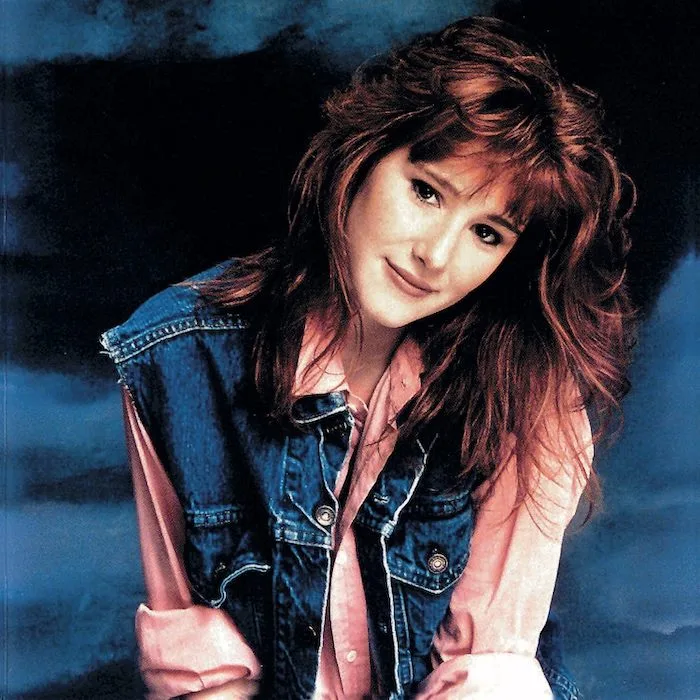
Big Break
Returning to California, Tiffany took lessons in dance, acting and modelling. “My parents drove me to these lessons after school every day. It was a little crazy, because it was like a full-time job, but I had been bitten by the bug and there was no going back. My parents had been told I was good and as long as I wanted to do it, they were in.
Her break came when someone suggested she made a new demo and her parents booked her into George Tobin’s studio in North Hollywood.
“I was in one of the rooms and I guess one of the secretaries told George that I was really good. It intrigued him, so he listened in. He said: ‘I don’t know anything about country music, and I’m not really interested in it, but I’m interested in working with you’.
“He courted my parents for a little while and, eventually, I was able to go back to the studio for a day. We tried a couple of things, including I Saw Her Standing There, which we retitled I Saw Him Standing There, and he told my parents he’d like to offer me a deal… but it would be in pop music.”
I Saw Him Standing There would later become Tiffany’s third Top 10 hit, but her breakthrough single was a cover of I Think We’re Alone Now. The song, a tale of young love and parental disapproval, was originally a US Top 10 hit for Tommy James And The Shondells in 1967.
When Tobin suggested the song to Tiffany, she wasn’t impressed by the thought of reviving a dusty old piece of bubblegum pop.
“I had heard the song before, but never thought about recording it,” she recalls. “When George played it for me I was like, are you kidding? He said: ‘Listen to me, let me do the track and then take it away and learn it – live with it for a few days’.
“When I heard it I was really disappointed, but I took it home to learn and, while I was in my bedroom, practising, my girlfriends walked in and immediately started jumping around and singing the song.
“So, as they all loved it, I agreed to go into the studio to record it… it all started from there. I had so many people compliment me on the song. Everyone seemed to love it and I got to see how much happiness it brought to everybody. Before I knew it, it was a single and we were rolling.”
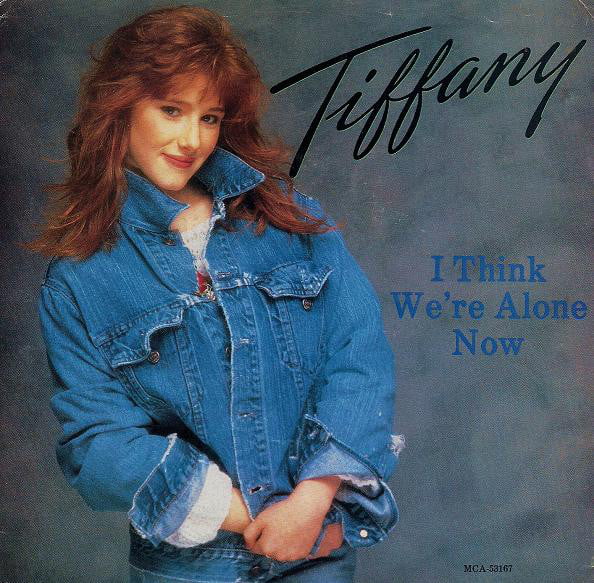
She’s Mall That
Tobin promoted the debutante singer with a tour of shopping malls, which is where she says she “grew into” I Think We’re Alone Now and started to love it.
“The first couple of weekends weren’t successful at all,” she remembers. “We had like two people show up. We had people yelling at me because I was too loud, and business owners were not too happy with me being outside their stores. But as radio stations started to play the single and say that I was appearing at the local mall, it started to catch fire. We went from people sitting in the chairs just because they were there, to the point where you couldn’t move. It was overwhelming.
“I loved the mall tours and when we had to move on to bigger things, I was sad, because there was an intimacy in the mall.
“I still remember that middle period where we had between 200 and 300 people show up and I would sign autographs… I would get to meet some really cool people and we’d walk over to the food court and share pizza. It was a pretty innocent time and it felt normal to me. It got harder when the crowds got bigger and I would be mobbed. I wasn’t allowed to go anywhere in the mall.”
With a laugh, the singer says: “It’s funny now, because I go shopping in the mall and sometimes people do a double take. I realise they recognise me and I go: ‘Yes, I’m at the mall, but I won’t be singing – I’m just shopping’. I have a mean shopping habit!”
I Think We’re Alone Now rose to No.1 in the US, the UK (where it owned the top spot for three weeks), Canada and New Zealand. It was also a Top 5 hit all over Europe. Tiffany found herself travelling the world as an international pop star, although at 15 she was too young to enjoy the wild life.
Although she was performing to thousands of adoring fans, especially teenage girls who copied her jean jackets and hooped earrings, her life offstage was isolated. She does admit that she now enjoys connecting with many of her fellow music makers from the period on the 80s festival circuit. “When I got my record deal and was a mega-famous pop star, I was just a kid – I didn’t get to hang out with anybody. Everybody else would go to the pub and I would do my three songs, get in my car and go to my hotel room. Then, later on, I had my son at 21, so I wasn’t going out or partying. I was a stay-at-home mom.
“So, it’s been really great to go over to the UK and see Kim Wilde, Sam Fox and Carol Decker – all these wonderful women that I did shows with as a kid. Now I actually get to sit down with them and have a glass of wine and talk about husbands, divorces, success, failure, fashion… just girl chat, you know?”
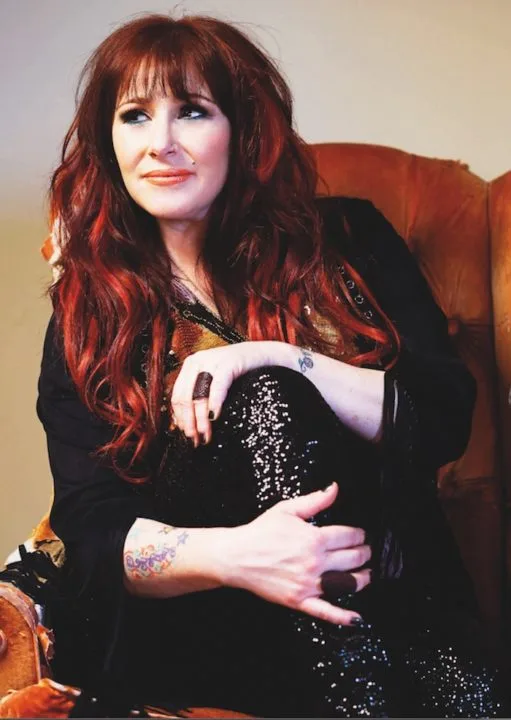
The Monster Hits
Tiffany’s eponymous debut album was a certified four million-seller in the States and she enjoyed a second trip to the top of the US singles chart with the ballad Could’ve Been, which made her the youngest female artist to have a No.1 US album and back-to-back No.1 singles. The song also went Top 5 in the UK and topped the chart in Ireland. Could’ve Been was discovered by chance when a couple of music industry insiders heard its writer Lois Blaisch singing the song in a Hungry Tiger Restaurant in Thousand Oaks, California, and took the song to Tobin. At first, the producer feared Tiffany would be too young to handle the mature lyric, but the young star with the big voice proved him wrong.
I Saw Him Standing There continued Tiffany’s run of hits and she crossed over from pop to the movies as the voice of Judy Jetson in animated comedy Jetsons: The Movie. Janet Waldo had initially reprised the role she played in the early 60s television version of sci-fi cartoon, but her voice was replaced by Tiffany’s to boost the film’s appeal to teens. The singer was glad to use the skills she’d developed in acting classes before finding fame.
“I’d really worked hard developing all the things I thought I needed to do to make it in LA. Eventually the lessons fell by the wayside, because it was really expensive and my parents couldn’t keep up that schedule, so I had to hone down and focus on singing. But I still loved acting.
“I always thought it was something I wanted to pick up again. I never thought it would be for sci-fi, but I am a dork and love sci-fi movies!”
Tiffany’s fanbase ensured her second album, Hold An Old Friend’s Hand was another big-seller and lead single, the ballad All This Time, hit the US Top 10.
However, as the 80s gave way to the 90s, the teenage star struggled to adapt to changing musical fashions and retain the interest of a following that was growing up and changing, as she was. Her urban-influenced third album, New Inside, failed to sell, and for the rest of the decade, she kept a low profile while she concentrated on raising her son, Elijah.
Since her critically-acclaimed comeback with The Color Of Silence, Tiffany has consistently released new material, including her ballad-oriented album, A Million Miles, in 2016.
She’s also worked hard to keep herself in the public eye, not least by appearing in Playboy in 2002 – a controversial bit of ‘exposure’ that she said was necessary to create a media talking point and finally break away from her image as a teenage singer.
Since then, she’s satisfied her desire to act. In 2009, she completed work on her first feature film, the psychological thriller Necrosis [released internationally as Blood Snow] and went on to star in the monster movies Mega Piranha and Mega Python Vs Gatoroid, TV adverts and a string of reality shows including Celebrity Wife Swap, What Not To Wear and, in January this year, the Australian version of I’m A Celebrity… Get Me Out Of Here!
What motivates her to work so hard? “I probably just appreciate my life. When I was a nine-year-old girl or a 14-year-old girl, before I got my record deal, I twirled around my room going: ‘I want to be a singer, I want to be on stage’. It was just a dream, but it was all I wanted and one day it happened. The likelihood of that is so small that I’ve always thought I’m very lucky to be doing what I’m doing. I’ve been lucky to have the right people behind me and to have such great fans. I’m really comfortable in my own skin at this point in my life.”
Read More: Girls Just Wanna Have Fun: Daphne & Celeste interview
